
Have you ever been attracted by the rhythm of drums or the enchanting chimes of a xylophone? Did you know that most instruments can be classified into five families: strings, woodwinds, brass, percussion? Checkout these main 5 types of musical instruments.
Moreover, instruments like the piano, drums, and xylophone fall under the percussion family instruments. Percussion instruments are one of the oldest and most widely used instruments in the world. They are used in practically every culture and genre of music, from traditional folk music to classical symphonies, from jazz to pop and rock.
So, are you excited in learning to pick & play an instrument from the list of all percussion instruments? Well, in this exciting post, we will look at the complete list of percussion instruments with pictures to help you choose the right musical instrument to pursue your passion for music.
The percussion family is the largest in the orchestra. It includes any instrument that makes a sound when it is hit, shaken, or scraped.
List of all percussion instruments play a crucial role in keeping the rhythm, producing special sounds, and adding excitement and colour to the music. Unlike most other players in the orchestra, a percussionist will usually play many different instruments in one piece of music.
The most common percussion instruments in the orchestra include the timpani, xylophone, cymbals, triangle, snare drum, bass drum, tambourine, maracas, gongs, chimes, celesta, and piano. Checkout this insightful post if you want to explore and learn about the percussion family.
Here is a quick recap at the fascinating journey of percussion musical instruments list -
The first known example of a drum was discovered in an archaeological excavation in China and dates back to 5500 BCE. It consisted of a wooden shell covered with stretched alligator skin.
Around the same time, similar drums, known as membranophones, were found on several continents, including Africa, Australia, and North America.
Did you know that the Aborigines, the indigenous people of Australia, created various instruments used for their traditional ceremonies and rituals. Checkout the top 6 Australian musical instruments you should know.
Percussion instruments began to exhibit consistency by the early 10th century. Many tribes in Africa were using djembe drums, maracas were used in Latin America, karimbas in Asia, and seed rattles in Australia.
In the 15th century, percussion instruments started appearing in orchestras, first in Asia and then in the Middle East and Europe.
The use of percussion instruments in classical music became widespread in the 20th century. Modern percussion instruments in Western music, such as the drum kit, also originated in the 20th century.
They first appeared in military bands during World War I and were later popularised by American jazz bands.
There are numerous techniques for playing an instrument from the percussion instruments list, especially idiophones, as they vary significantly in material and style.
The most common techniques for playing membranophones are hands, sticks, and mallets. When played by hand, the shape made by the hand, the part of the hand that strikes the drum, and where on the drum the strike takes place, all determine the type of sound produced.
Techniques vary by culture, region, type of drum, and even the individual. Certain popular hand drums, such as the djembe and tabla, have very specific techniques for playing. The djembe produces three distinct sounds achieved through particular hand and drum positions, while the tabla has one of the most complex techniques with ten unique strokes that must be learned.
In modern music, the techniques for using sticks and mallets are more standardised. In European and Western music, percussion music is noted on a musical staff, both pitched and unpitched. Drumsticks vary in shape and material but are more commonly made of wood. Mallets can be wrapped or unwrapped and made of various materials. Each of these techniques produces a unique sound depending on how they are used and on which instrument.
Here we have compiled the complete percussion instrument list with pictures. These are: -
Now let's explore more in detail about this list of percussion instruments, so that you choose an ideal musical instrument suited as per your playing style: -
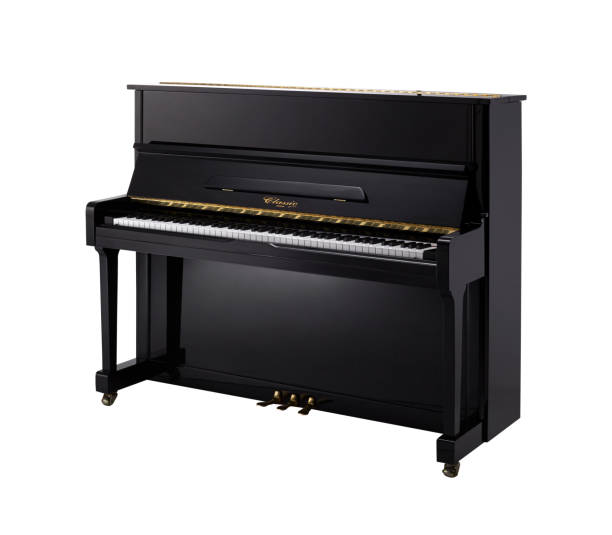
There's no disputing the fact that the piano has the largest range of any instrument in the orchestra. It is a tuned instrument, and you can play many notes at once using both your hands.
You play it by hitting its 88 black and white keys with your fingers, which suggests it belongs in the list of percussion instruments. Within the orchestra, the piano usually supports the harmony, but it has another role as a solo instrument playing both melody and harmony.
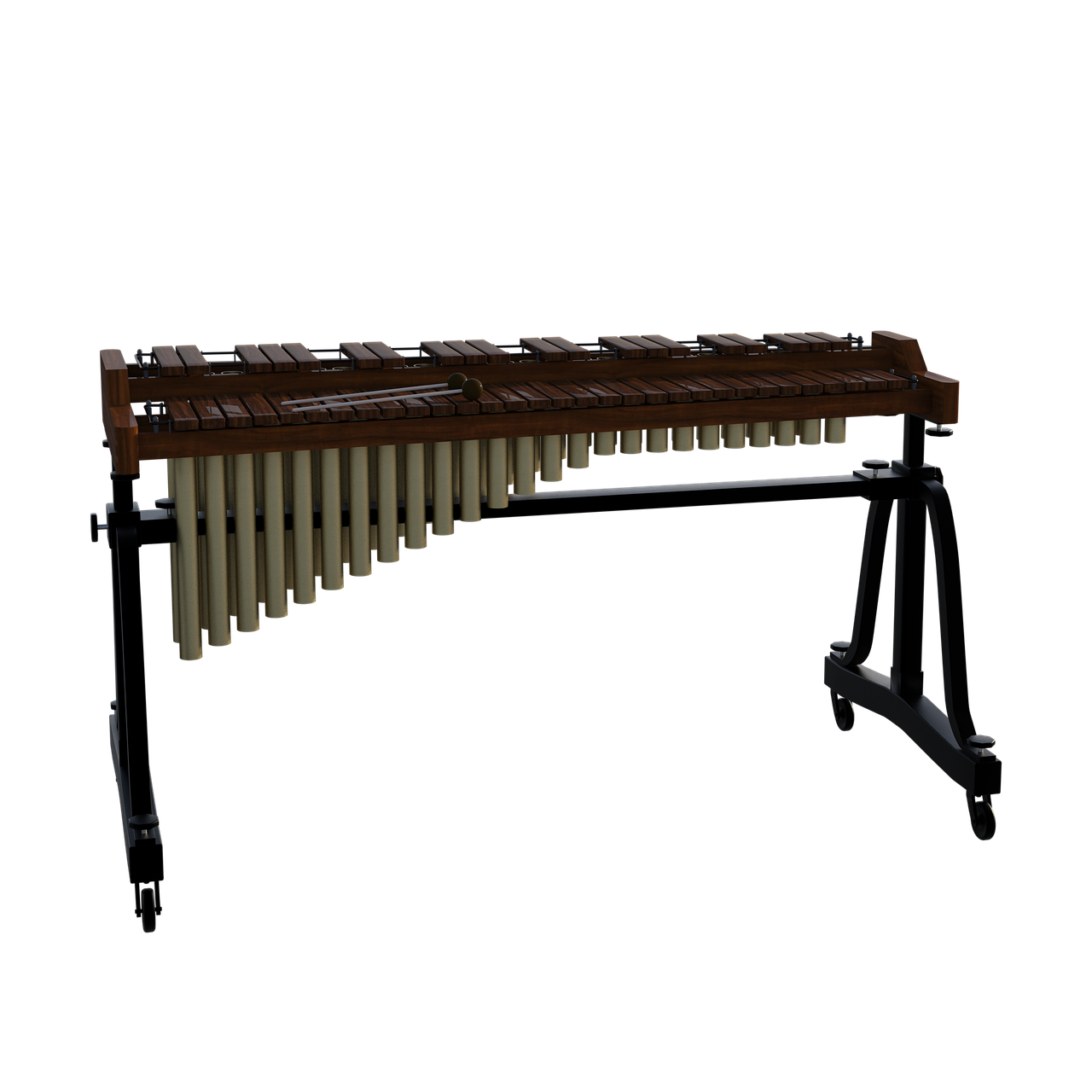
The modern xylophone has wooden bars or keys arranged like the keys of the piano, which the player hits with a mallet.
You can change the quality of the pitch by using different kinds of mallets (hard or soft) and by hitting the wooden bars in different ways. Attached to the bottom of the wooden bars are metal tubes called resonators, where the sound vibrates. This gives the xylophone its bright bell-like sound.
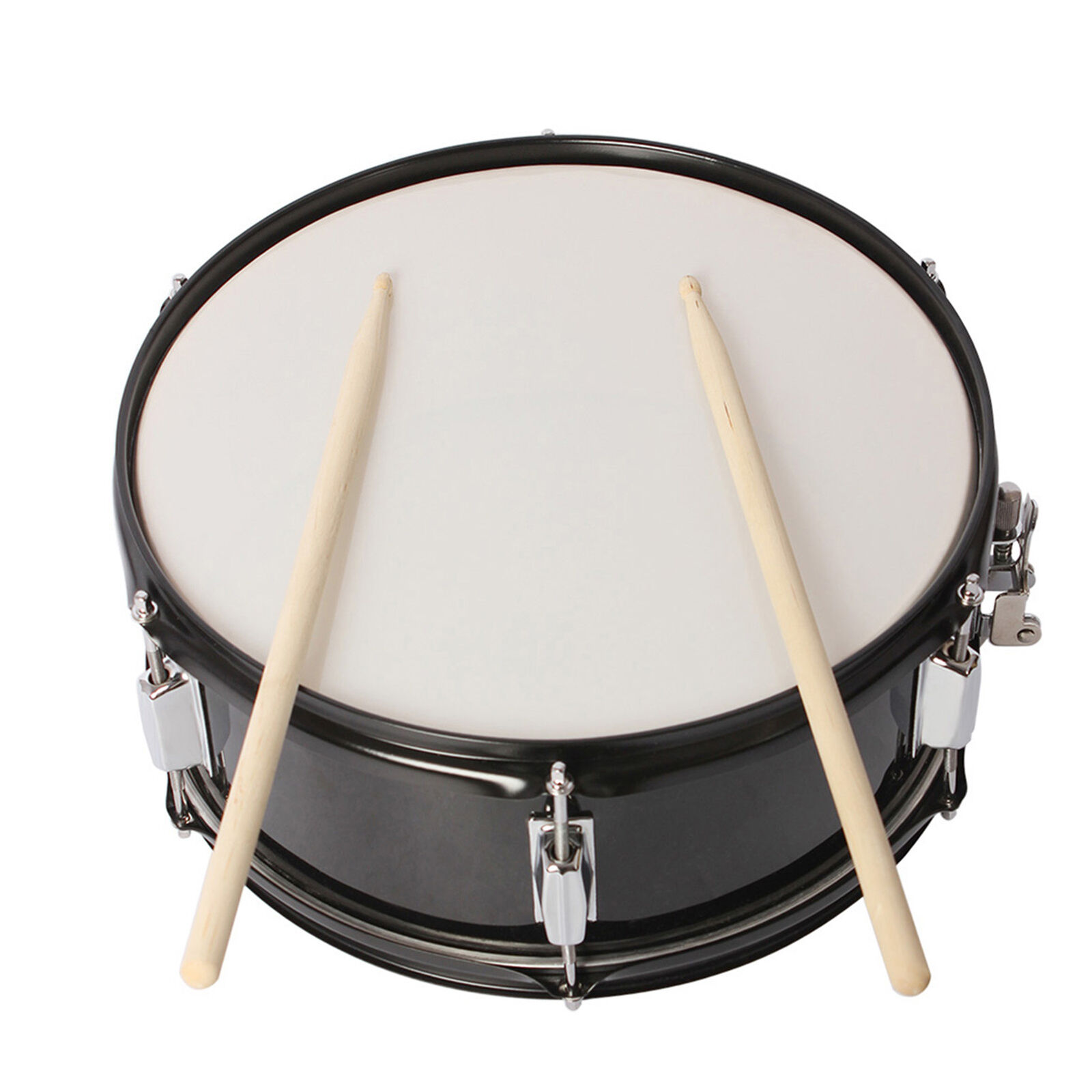
The snare drum is a small drum made of wood or brass with drumheads made of calfskin or plastic stretched over both ends of a hollow cylinder.
It is equipped with wire-wrapped strings stretched across the bottom head (the snare), which creates the snare drum's unique "rattling" sound when struck. It is commonly used in military music and is an integral part of any marching band.

The bass drum, similar to the double bass, is the largest member of the percussion family, producing the lowest sounds. Resembling a very large snare drum without the snare, it is an untuned instrument.
The bass drum is played by striking either drumhead with sticks featuring large soft heads, often covered with sheepskin or felt. It is capable of producing a wide range of sounds, from thunderous roars to the softest whispers.

Timpani looks like big, polished bowls or upside-down teakettles, which is why they are also called kettledrums. Timpani are tuned instruments, which means they can play different notes.
The timpanist changes the pitch by stretching or loosening the drumheads, which are attached to a foot pedal. Timpani are a central part of the percussion instruments list because they support rhythm, melody, and harmony.

Cymbals are the biggest noisemakers in the orchestra. They are two large metal discs, usually made of spun bronze. Cymbals are untuned and come in various sizes, from small to very large.
The larger the cymbal, the lower the sound it produces. You can play the cymbals by either hitting one against the other, or by using sticks, mallets, or brushes to strike one or both cymbals.
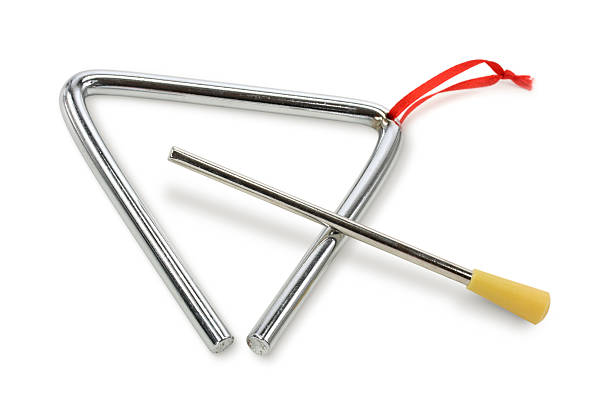
The triangle is a small metal bar bent into the shape of a triangle, which produces a ringing sound when struck. To play the triangle, you hold it on a string and strike it with a metal beater. The size and thickness of the beater can affect the sound produced.
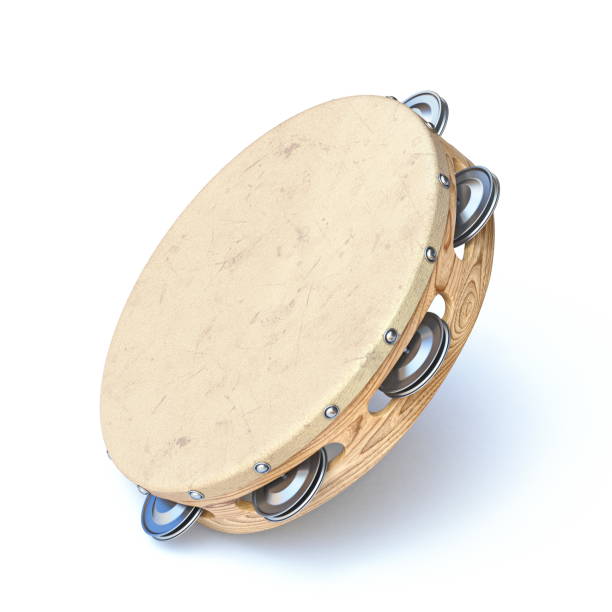
Have you ever played a tambourine? This small drum features metal jingles set into its edges. Both the drumhead and the jingles are untuned. To play it, simply hold it in one hand and tap, shake, or hit it against your other hand.
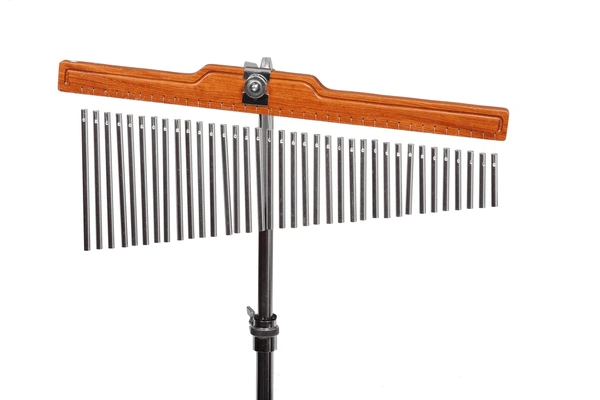
Chimes are metal tubes of varying lengths hung from a metal frame. When struck with a mallet, they produce the resonant sounds similar to ringing church bells. Each chime emits a different pitch.
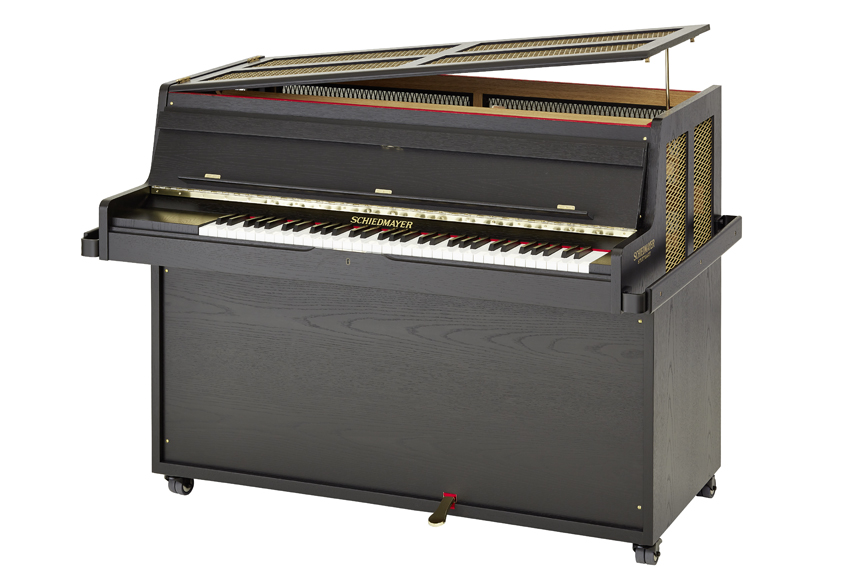
The celesta resembles a tiny upright piano and produces a delicate, bell-like tone similar to a glockenspiel. It typically features a keyboard with 49-65 keys.
Much like a piano, sound is produced by pressing down on a key with your finger, causing a hammer inside to strike a metal bar. Using both hands, you can play multiple notes simultaneously.
So, this was our list of percussion instruments which are famous among the Australian community, but there are some musical instruments, each with its own unique sound, and people listen to the music produced from them every day. Checkout the complete list of all musical instruments with names & types.
The list of all percussion instruments is vast and exciting. But with so many options, choosing the right one can be quite difficult. Here some tips you can follow in selecting the right percussion instrument for you: -
Select an instrument that matches your skill level. Beginners may find hand drums or tambourines easier to start with, while more advanced players might prefer a full drum set or a marimba.
Evaluate the available space for practicing and storing your instrument. Portable options like bongos or cajón are ideal for small spaces, while larger instruments like timpani require more room.
Invest in well-known, reputable brands to ensure quality and durability. Research reviews and ask for recommendations to find instruments that provide the best value for your budget.
Whenever possible, test the instrument before making a purchase. You can rent percussion instruments from a leading percussion instruments online store like InstruShare.
Percussion instruments are among the oldest man-made musical instruments, and they come in a wide variety of shapes and sizes. They are played by striking, shaking, or scraping them to produce sound.
Percussion instruments are an essential part of any musical ensemble, adding rhythm, texture, and depth to the music, making it more engaging and captivating. Whether you are a professional musician or a beginner, learning to play percussion instruments can be a fun and rewarding experience.
So why not give it a try? Pick up your favourite instrument from this percussion instruments list with pictures and add some rhythm to your life.
Cost is a major factor when you think about renting a musical instrument. Renting an instrument in Australia has become affordable, click here to know how much to rent an instrument in Australia?
InstruShare is the best online platform for musical instrument rental and hire in Australia. Renting percussion instruments online is now just a few click away. Whether you are an aspiring musician or a seasoned professional, our diverse range of high-quality instruments caters to all your rhythmic needs.
With our flexible percussion rental plans, you can explore different instruments without the commitment of a purchase. Renting from InstruShare not only saves you money but also provides access to top-tier instruments that improves your musical experience.
Visit our percussion instruments online store and experience the convenience and affordability of renting percussion instruments with InstruShare today!